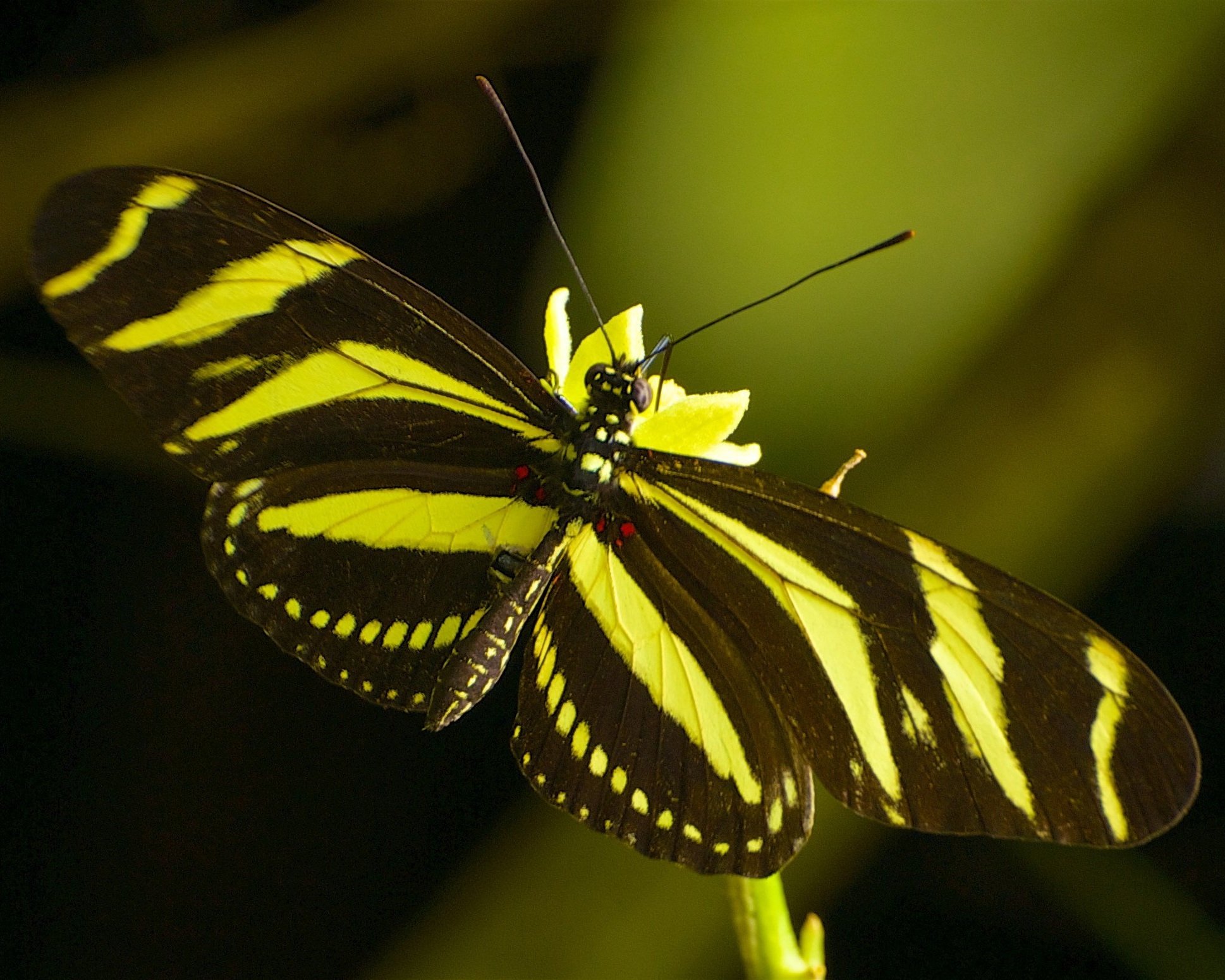In the Air: Mammals
Mexican funnel-eared bat
Natalus stramineus
Jumplinks:
About
Mexican funnel-eared bats — not to be confused with Mexican greater funnel-eared bats, an entirely different species — are one of the few mammals on Saba, and tend to live in deep, humid caves in groups of between 100 and 10,000. Despite their name these bats are native to the Lesser Antilles region, and like many other cave-dwelling species, they’re difficult to study because of how inaccessible their habitats tend to be for humans.
This little mammal’s big ears help it navigate dark surroundings with remarkable precision. Bats use echolocation to find prey and explore their environments, meaning they produce sound waves (at frequencies humans can’t hear). When those soundwaves bounce off the objects around them and return as echoes, bats are able to distinguish their own unique calls and create a “map” by assessing how long it took those echoes to return. Mexican funnel-eared bats are named for their particularly distinctive, forward-tilting, funnel-shaped ears.
These secretive creatures are most active after sunset, when they leave their roosts to feed primarily on small insects, which makes them a key player in keeping insect populations in balance. They’re an important species to Saba’s unique ecosystem, and a special creature to see while you’re out exploring.
You’ll notice there aren’t currently any iNaturalist observations of these bats from Saba, so if you see one while on the island, be sure to share any photos you can capture (and congratulate yourself for the feat of photographing a fast-moving creature at night). Any observations you upload to the platform will help researchers and conservation managers learn more about these still-mysterious bats, helping to protect both the species and Saba’s ecosystem.
Header image by @melissadonnelly (CC-BY-NC).
This species is:
Native
Why that matters:
Native species are those that evolved in the region naturally, without human influence. That means they’re specifically adapted to Saba’s habitat, and play a key role in island biodiversity. When we lose native species, gaps appear in the ecosystem. That leads to cascades of additional extinctions, and to the loss of the ecosystem services (food, clean air and water, flood and coastal protections, and more) that we humans rely on.
Mexican funnel-eared bat observations are hard to come by. This one was photographed in Dominica, but gives an excellent view of their namesake ears. Credit: @melissadonnelly.
iNaturalist Observations
Where locals, researchers, and visitors have seen this species.
Google / Imagery © 2023 CNES / Airbus, Landsat / Copernicus, Maxar Technologies, U.S. Geological Survey, iNaturalist Map data @2023
This map shows geotagged observations of this species made on iNaturalist, the world’s largest community-science platform.
iNat depends on people like you. By uploading photos of species you see in the wild, you can easily learn more about them — while also contributing critical data used by scientists and conservation-managers around the globe.
See something odd?
Observations of land species in water:
Connectivity can affect how accurate location services are, and in the case of endangered species, location is often automatically obscured.Missing observations:
Your help is needed to collect more data for this species!
Ask a Scientist
Question: From where did Saba’s species come?
Answer: The Caribbean is not as isolated as it may appear on a map, and is actually connected to two major faunistic regions: North America and South America. At times it’s been thought that the Caribbean itself is a gateway through which plants and animals disperse from one to the other. And when we talk about the Lesser Antilles specifically, there are all kinds of cool dynamics that have occurred that provide access to really different faunas, including that of the Greater Antilles, Cuba, Hispaniola, Puerto Rico, and the fauna of South America.
Dr. Lauren Esposito
Curator of Arachnology and Islands 2030 Co-Director, California Academy of Sciences
Related Content
Silver garden orbweaver
On Land: Arachnids
Saba’s butterflies
In the Air: Butterflies







